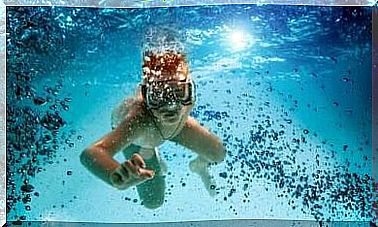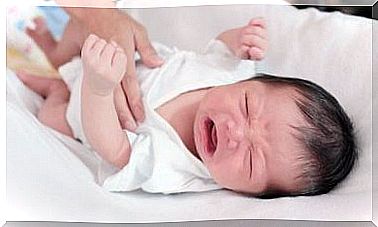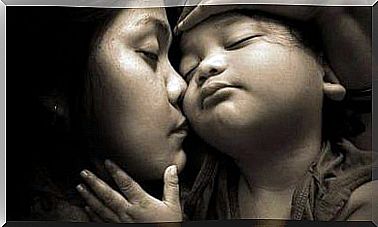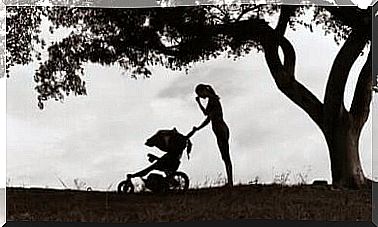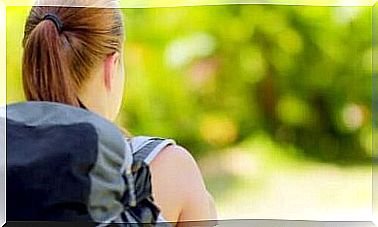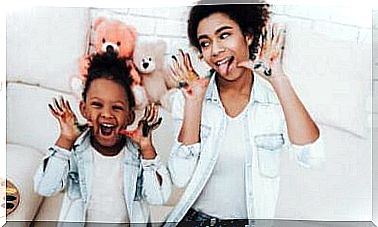Baby Herpangina: Causes, Symptoms And Treatment
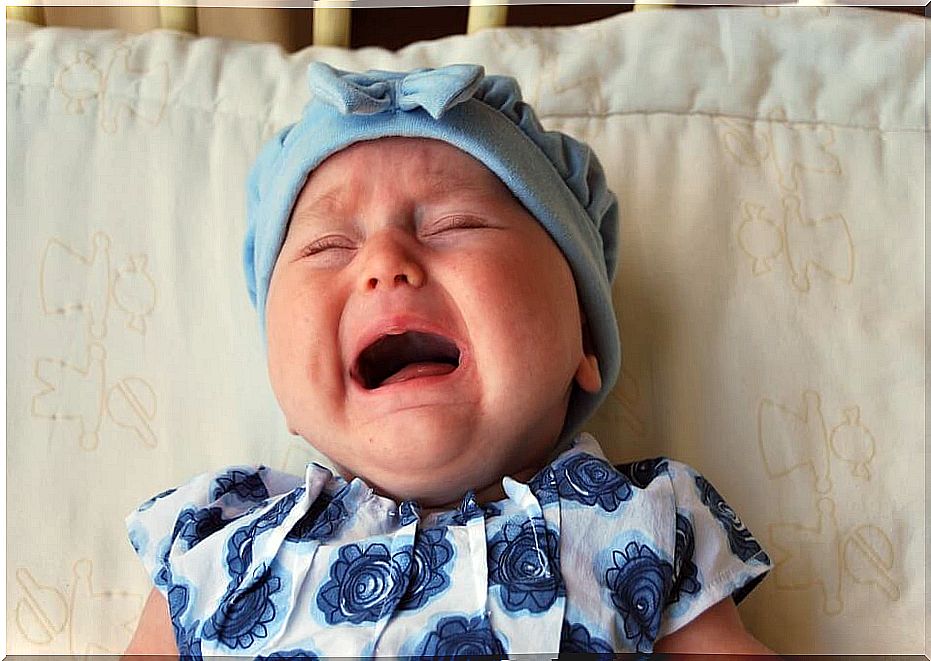
Herpangina is a harmless but nasty disease caused by the enteroxvirus Coxsackie A virus. Anyone can get herpangina, but the most common patient is a child under the age of 5 who has been infected in day care or preschool.
Herpangina is relatively easily transmitted and often occurs as epidemics. The disease heals on its own in most cases in about a week with no sequelae.
Baby Herpangina: Causes, Symptoms and Treatment
Symptoms of herpangina
The primary symptoms of herpangina include fever, nausea, abdominal pain, headache, and muscle aches. About two days after infection, blisters appear on the pharyngeal arch, palate, palate, and tonsils, which are small at first but gradually increase. The blisters heal in 2-10 days.
A baby with herpangina may have the following symptoms:
- Fever
- Nausea and abdominal pain
- Pain in the mouth, throat, head and neck
- Muscle pain
- Swollen lymph nodes
- Difficulty eating and swallowing
- Anorexia
- Vomiting
- Drooling
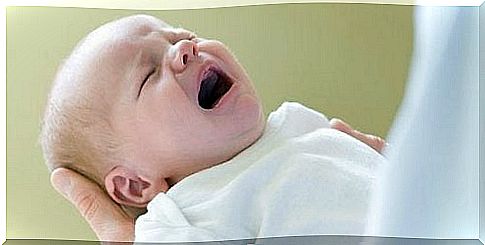
How is a child prevented from developing herpangina?
Herpangina catches easily and spreads quickly. The risk of infection is greatest in young children and during the summer. Infection often occurs as a droplet infection through the air, but the virus also spreads through contact and objects.
Preventing herpes stenosis can be difficult because it is almost impossible to fully protect a child. In addition, people can carry the virus without causing symptoms.
If a child suffers from herpangina, it is recommended that he or she rest at home and avoid day care or school until recovery. In addition, it is important to wash your hands properly several times a day and to clean surfaces that have been in contact with your child.
The causative agent of herpangina
Herpangina is caused by the enterox Coxsackie A virus. An infected person usually secretes the virus in the feces for weeks, and the main route of infection of the virus is from the feces to the hands, from hands to other people, and from hand to mouth. Droplet infection through respiratory secretions is also possible.
The virus can live on surfaces and objects, such as tables and toys, for several days.
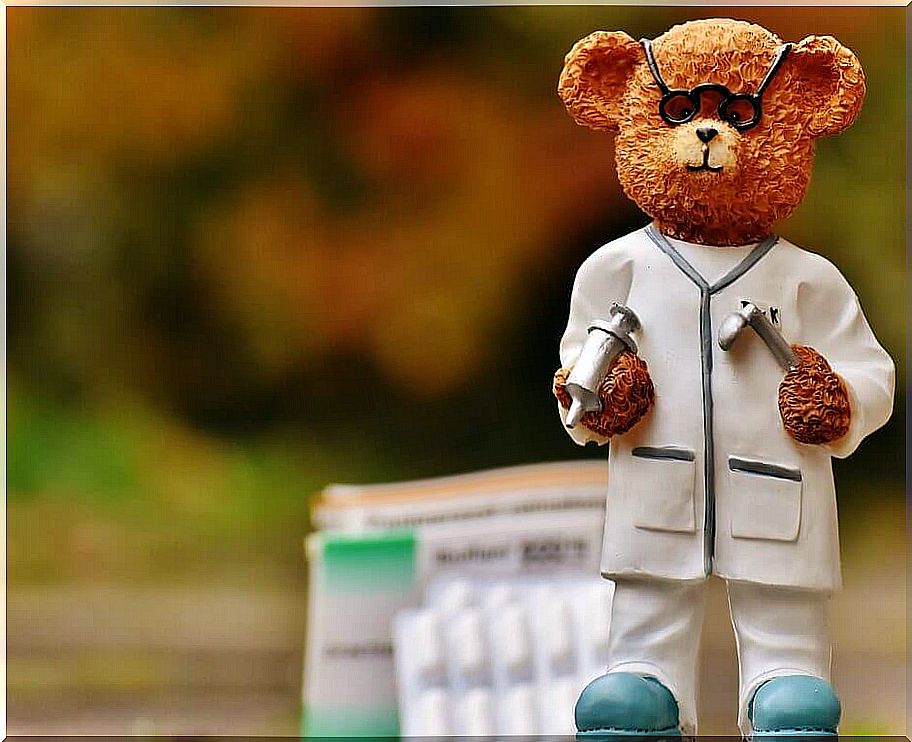
Herpangina treatment
Herpangina usually heals on its own without any sequelae, but a sick child should always be taken to a doctor for examination. The professional will assess the patient’s condition and determine the best medication to manage the symptoms and improve well-being.
With consistent treatment and care for basic things like a healthy diet and adequate rest, your symptoms should go away in about a week. A more specific treatment plan depends on many factors, such as the child’s age, symptoms, and tolerance to certain medications.
It is a viral infection, so antibiotics do not work for it. Instead, your doctor may recommend the following healing treatments:
- Ibuprofen or paracetamol: These medicines relieve discomfort and reduce the baby’s fever.
- Local anesthetics: Certain anesthetics, such as lidocaine, relieve sore throats and other oral ailments.
- Increasing fluid intake: It is important for your child to drink plenty of fluids – especially water and cold milk – during recovery. Citrus fruits or hot drinks should not be given to the baby as they may worsen the symptoms.
